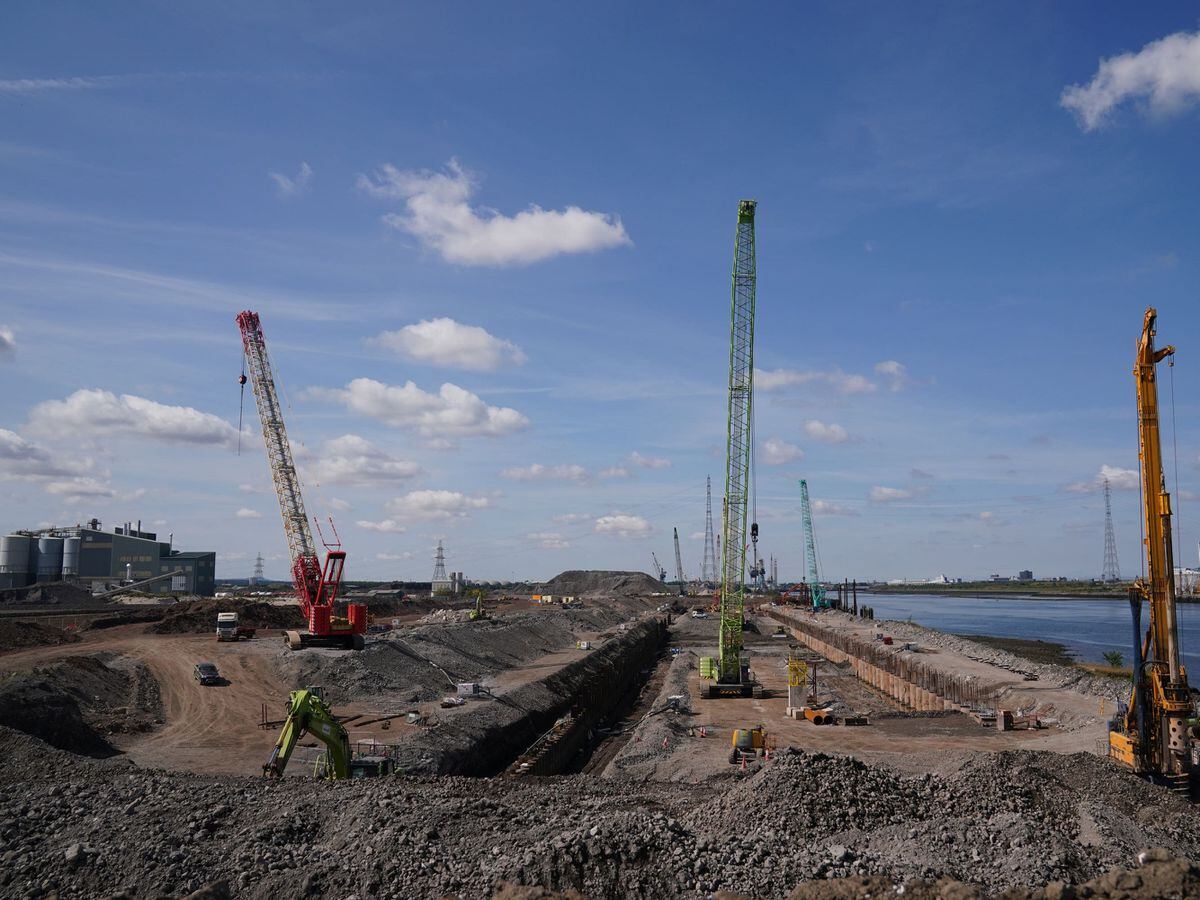Ordnance Survey data platform launched to protect peatlands

Natural England and Durham University have teamed up with Ordnance Survey to leverage its geospatial data to produce a carbon model to protect wetlands in North England and meet Net Zero targets. The VeriEarth Ordnance Survey data platform will be used to provide transparency on the effectiveness of nature-based restoration and protect against greenwashing.

The collective will develop an accurate and detailed peat map for Thorne and Hatfield Moors, which is part of the Humberhead Peatlands National Nature Reserve. Using the VeriEarth monitoring and verification platform, peatland health can be observed and future restoration activity for the area can be informed by accurate data.
Ordnance Survey data will be used to create sophisticated approaches to carbon accounting
According to Ordnance Survey, its technical experts have been using geospatial data and Earth observation data to analyse the current condition of the peatland. Natural England and Durham University can then use the data to record different types of vegetation species, provide reporting on vegetation cover and health, monitor greenhouse gas emission types and establish the water table.
The data will be presented on the VeriEarth platform, supported by a dashboard that Natural England will use to assess site condition and monitor changes across a large site area with a high degree of accuracy. Setting a detailed carbon baseline will mean that approaches for carbon accounting will be more sophisticated and effectively verified.
According to the Centre of Ecology and Hydrology, peatlands cover 12% of the UK’s land area. In a natural setting, peatlands have a net cooling effect on the climate, reduce flood risk and support biodiversity – healthy areas can capture carbon dioxide from the atmosphere through photosynthesis, storing an estimated 3.2 bn tonnes in the UK. They are considered a way for people to offset carbon emissions from fossil fuel burning.
Ordnance Survey, Durham University and Natural England’s team want to show how technology can be used to show the benefits peatland restoration can have on carbon emissions across a large site in order to attract investors. Natural England wants to prevent further loss of peatland habitats, resetting peatland areas and returning them to their natural state. It believes by doing this, peatlands can make a significant contribution to helping the UK achieve its targets on reducing carbon emissions and reaching Net Zero by 2050.
Professor Fred Worrall, peatlands expert at the University of Durham, said: “The capacity of peatlands to provide nature-based solutions to meeting our net zero targets is significant. In Humberhead, Peatlands alone the capacity is enough for the whole of the City of Doncaster to become net zero for the next 30 years. To make these nature-based solutions possible we need ways to assess capacity, target the appropriate management, and assure that greenhouse gas savings have been made – the tools developed in this partnership enable that to happen”.
Geospatial data can help protect peatlands and preserve carbon sinks
While wetlands are naturally productive systems, the Centre of Ecology and Hydrology say that more of the food and fibre crops that support people require dryer conditions. To combat this, farmers and foresters have drained large areas of upland and lowland peat throughout the UK – around 80% of the UK peat has been affected due to humans.
Content from our partners



However, while it may support the £3bn industry, the methods have meant that more carbon is released into the air and more areas are at risk of flooding and wildfires. The Centre of Ecology and Hydrology say that this has happened in the East Anglian fens, which is now below sea level, and peat on the Scottish Flow Country succumbed to a major wildfire and doubled the country’s greenhouse gas emission over six days.
Donna Lyndsay, sustainability lead at Ordnance Survey said: “We need to protect our peatlands so they are healthy and rich in wildlife. Using geospatial data and our technical expertise we can provide valuable insights and evidence to ensure we are preserving carbon sinks and optimising site management.”
She continued that the project also highlighted the need for viable solutions to combat the risks of climate change and demonstrate how accurate geospatial data can provide credibility to encourage investment.
Neil Pike, manager of Natural England’s Yorkshire and Northern Lincolnshire team added that the Hatfield Moor site presented them with “unique challenges” because of its large area and inaccessibility to it during wetter periods: “The [created] model has the potential to provide a means for Natural England to transform how we monitor site condition and we are interested in testing how the outputs from this model can enable us to target our restoration activities on Hatfield Moor for maximum benefit.”
The project could be rolled out nationwide to facilitate access to investment for large-scale peatland restoration projects from carbon markets, the government agency says.













/static.texastribune.org/media/files/9933d0e01db58951285e2c0c2658726d/Lee%20County%20Wells%20SP%20TT%2032.jpg)